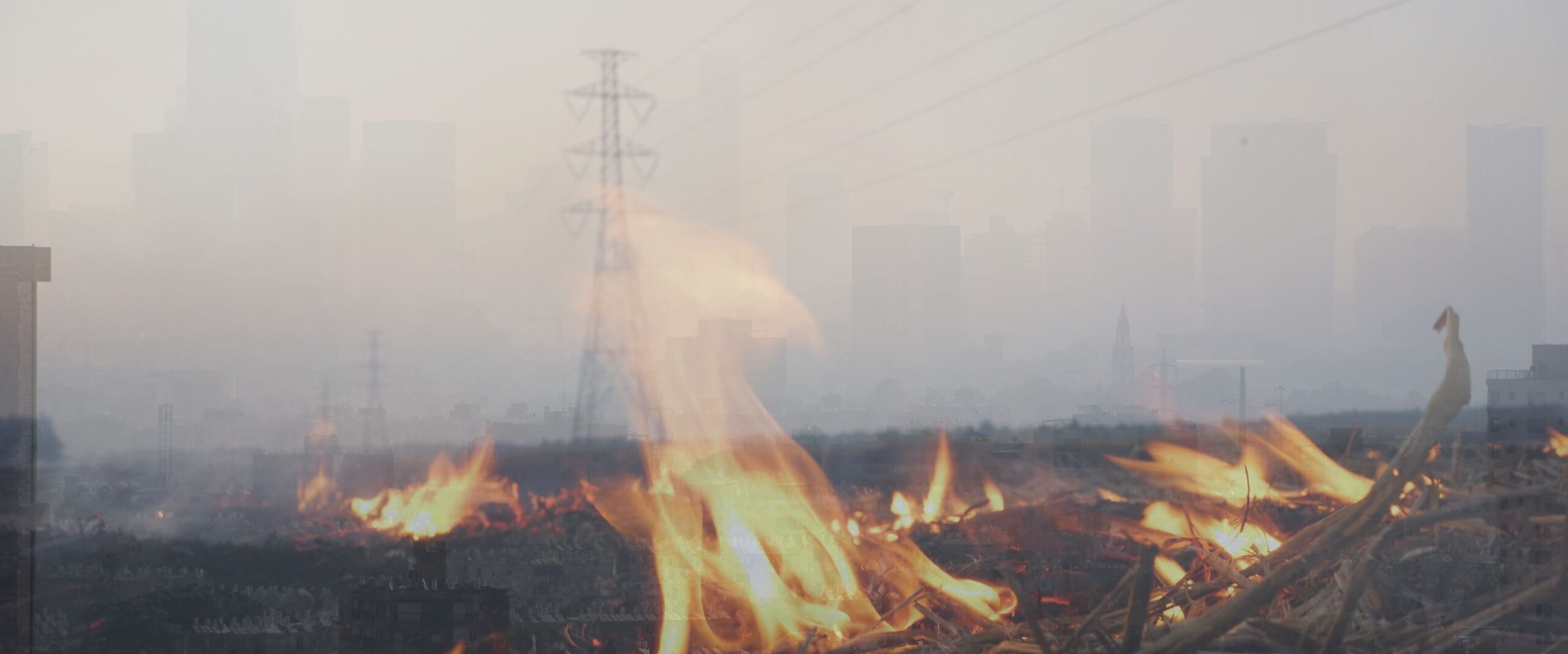Analysis
Delhi Pollution Crisis | CAQM to develop an action plan to prevent stubble burning in NCR states
Crop diversification, in situ and ex situ strategies were proposed as realistic alternatives for stubble burning

On Monday 3 February, the Supreme Court directed the Commission for Air Quality Management (CAQM) to convene a meeting with representatives from states neighbouring Delhi—Punjab, Haryana and Uttar Pradesh to devise a strategy for preventing the practice of stubble burning in these states. The practice, which is typically carried out after a harvest, significantly contributes to Delhi’s air pollution crisis.
A bench comprising Justices A.S. Oka and Ujjal Bhuyan also pulled up the states for failing to compensate construction workers whose livelihoods were disrupted due to the implementation of the Graded Response Action Plan (GRAP), in November 2024. The GRAP measures mandate a halt to all construction activities in response to severe pollution levels. The Court ordered representatives from Uttar Pradesh, Haryana, and Delhi to appear on 28 February 2025 to explain the delay in payments.
Senior Advocate Aparajita Singh, the court-appointed amicus curiae, and Additional Solicitor General Aishwarya Bhati, representing the CAQM and the Ministry of Agriculture, submitted a note on ways to tackle stubble burning.
Stub the burning
Farmers often burn crop residues—such as stalks, stems, leaves, and roots—after harvesting. In the NCR, this practice typically occurs around November, adding to the worsening air quality in Delhi and its surrounding regions. First, Singh recommended crop diversification, which involves cultivating a variety of crops rather than relying solely on paddy. Paddy is the primary contributor to stubble burning. Paddy farming leaves behind large quantities of straw, which farmers often burn after harvest. In addition to polluting the air, the burning of crop residue depletes soil fertility and reduces moisture retention, affecting groundwater levels. Bhati supported the suggestion to diversify crops. She added that the Ministry intends to promote early-maturing basmati varieties and has already suspended the Pusa-44 variety, which produces the most straw.
Next, Singh recommended in situ and ex situ crop residue management. In situ management involves allowing crop residue to decompose naturally on the field. Ex situ management entails collecting and repurposing crop residue for industrial use. Singh emphasised the need for financial incentives to encourage farmers to supply crop residue to industries that can use it effectively. Bhati informed the Court that Haryana and Punjab had received funding for Crop Residue Management (CRM) machines, which process leftover stalks for reintegration into the soil. She also highlighted that industrial boilers, furnaces, power plants and thermal plants could use crop residue under the ex situ management strategy. However, she stressed the state governments faced the challenge of “optimum availability of CRM machines.
Finally, Singh proposed an awareness campaign to ensure better on-ground implementation. She cited a news report alleging that officials allow farmers to burn crop residue when satellite surveillance is unavailable. Additionally, many farmers remain unaware of government incentive schemes, such as financial aid for purchasing CRM machines. Bhati pointed out that the CAQM collaborate with state governments to develop annual action plans.
Taking note of these submissions, Justice Oka observed that “a solution can be seen” in the proposed in situ and ex situ management strategies. He directed Punjab, Haryana, and Uttar Pradesh to submit their responses to the CAQM, which will review the inputs and present its recommendations. Based on these recommendations, the Court will issue an enforceable directive. The deadline for the CAQM to submit these suggestions is 17 March 2025.
An overdue payment
The bench directed the Chief Secretaries of Uttar Pradesh, Haryana and Delhi to be personally present in the Court on 28 February to explain the delay in payment to construction labourers.
It was submitted that Uttar Pradesh had paid ₹1000 to construction workers, however, this was the smallest amount paid to them. It was also submitted that Delhi has paid only 92,000 workers whereas Haryana has paid up to 4 lakh workers. Justice Oka pointed out that the affidavits of the states were silent on how many workers were entitled to the payment.